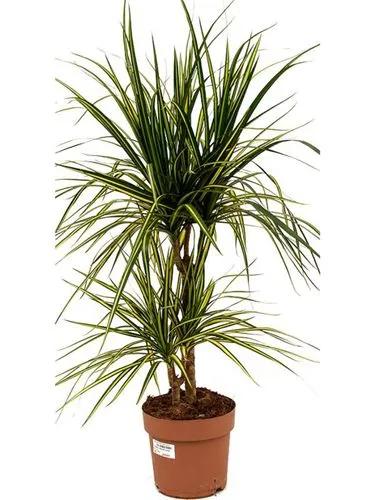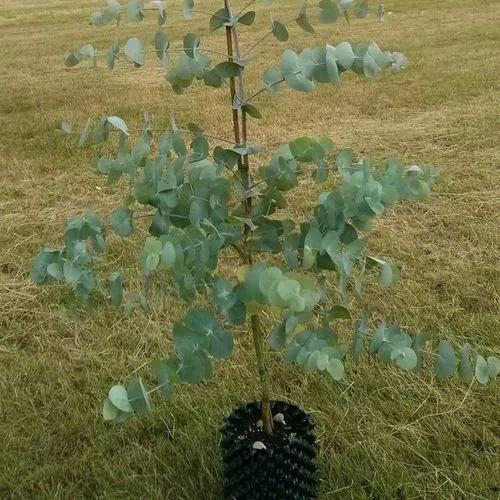Gum tree is a broad-headed, aromatic tree with an attractive coppery bark. It generally grows to about 18 metres tall, but can reach 27 metres in Belize. The bole is unbuttressed and can be 60cm in diameter, though it tends to split low down into secondary boles. Forest grown trees are usually tall and slender with a fairly straight bole; when growing in open positions the trees are generally short and often crooked. The tree is often exploited in the wild, especially for its resin, but is seldom cultivated for this purpose since it regenerates rapidly under natural conditions. It makes a good specimen tree and is often planted for shade on streets and beaches within its natural r
Gum Tree Care
Bursera Simaruba
Other names: Gum Tree, Gumbo-limbo, Copperwood, Chaca, West Indian Birch, Naked Indian, Turpentine Tree, Elaphrium Simaruba, Pistacia Simaruba



Bursera simaruba is a small to medium-sized tree growing to 30 meters tall, with a diameter of one meter or less at 1.5 meters above ground. The bark is shiny dark red, and the leaves are spirally arranged and pinnate with 7-11 leaflets, each leaflet broad ovate, 4–10 cm long and 2–5 cm broad. The gumbo-limbo is comically referred to as the tourist tree because the tree's bark is red and peeling, like the skin of sunburnt tourists, who are a common sight in the plant's range. The tree yields some ripe fruit year-round, but the main fruiting season is March and April in the northern part of the plant's range. The fruit is a small three-valved capsule encasing a single seed which is covered in a red fatty aril (seedcoat) of 5–6 mm diameter. Both ripe and unripe fruits are borne quite loosely on their stems and can spontaneously detach if the tree is shaken. Ripe capsules dehisce or are cracked open by birds. Birds also seek out the fruit to feed on the aril, which, though small, is rich in lipids (about half its dry weight).
How to Care for the Plant

Popularity

440 people already have this plant 44 people have added this plant to their wishlists
Discover more plants with the list below
Popular articles






